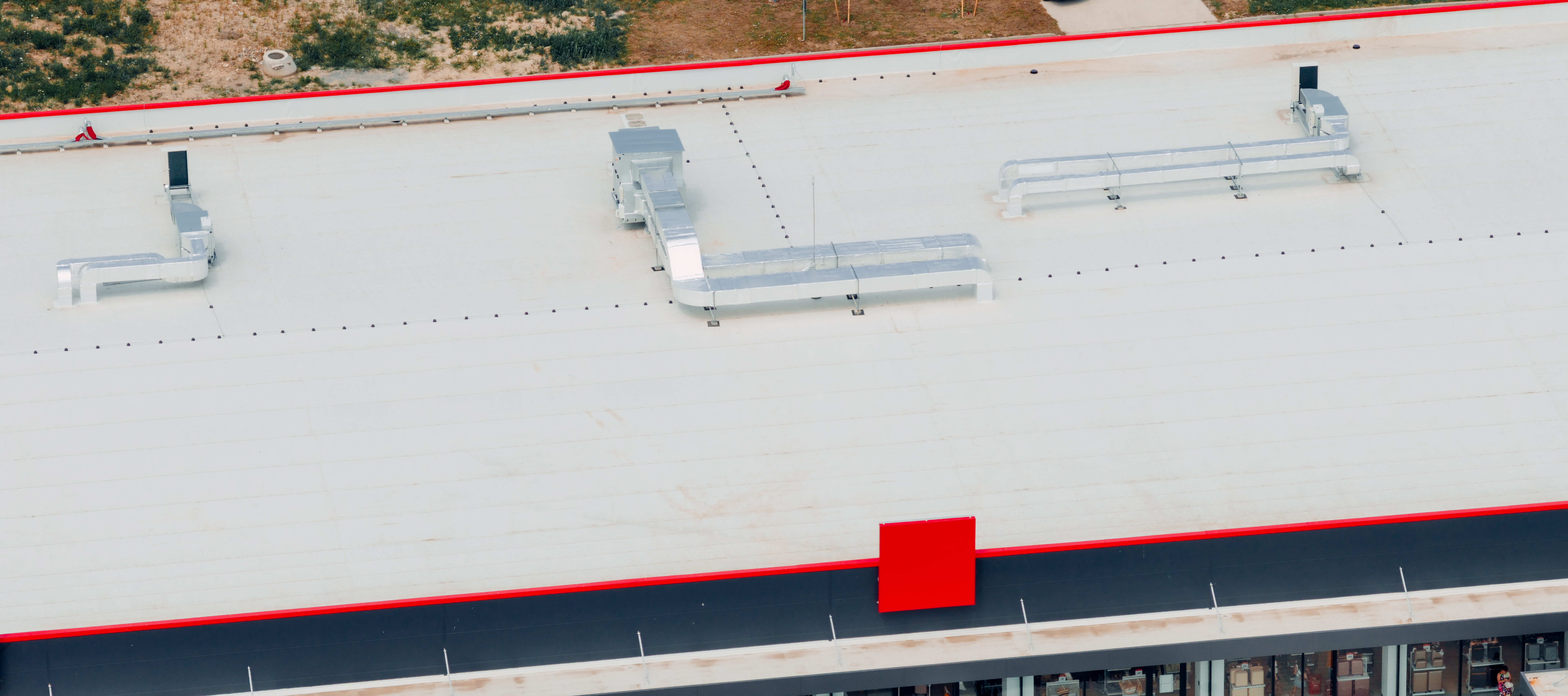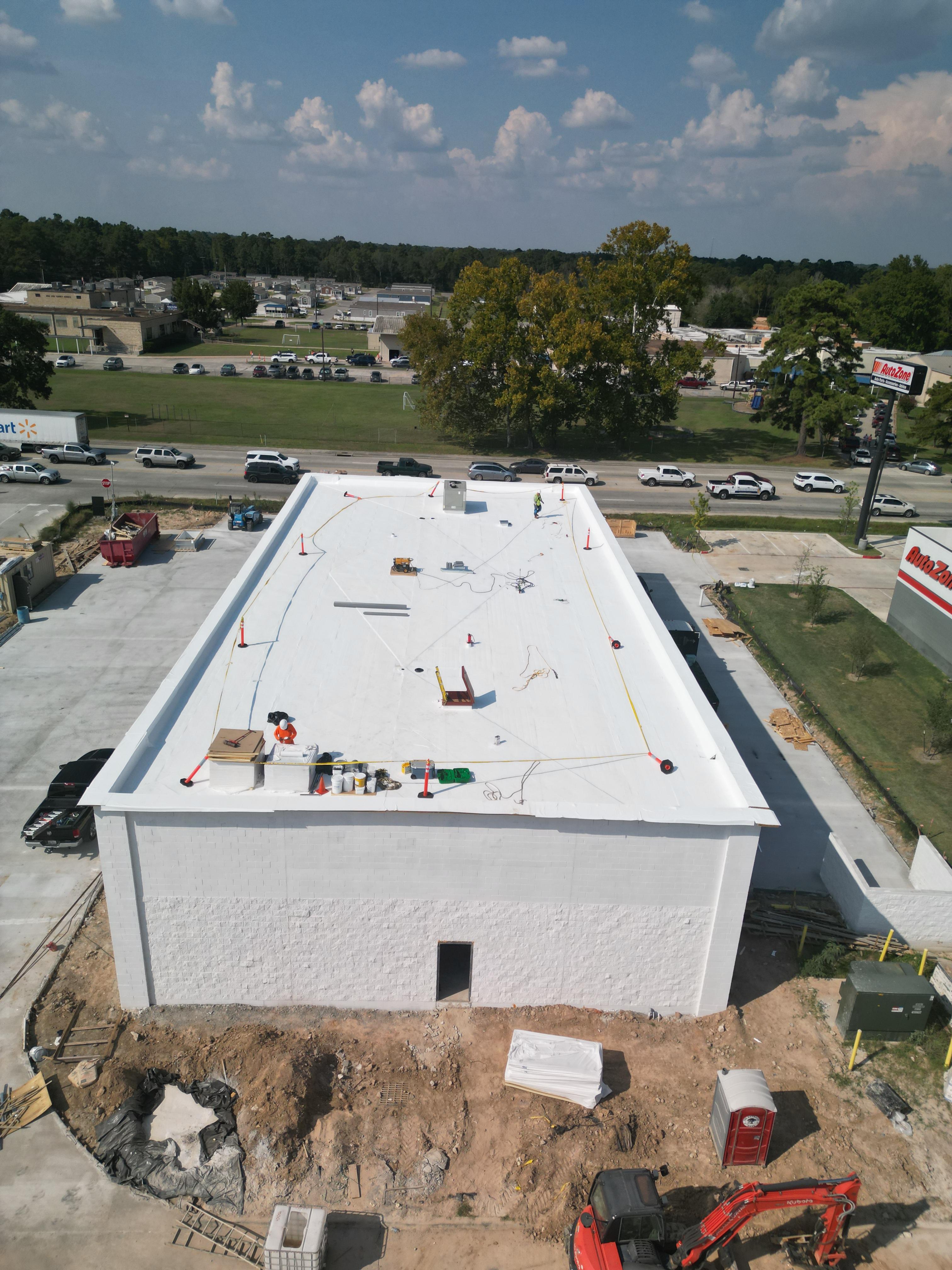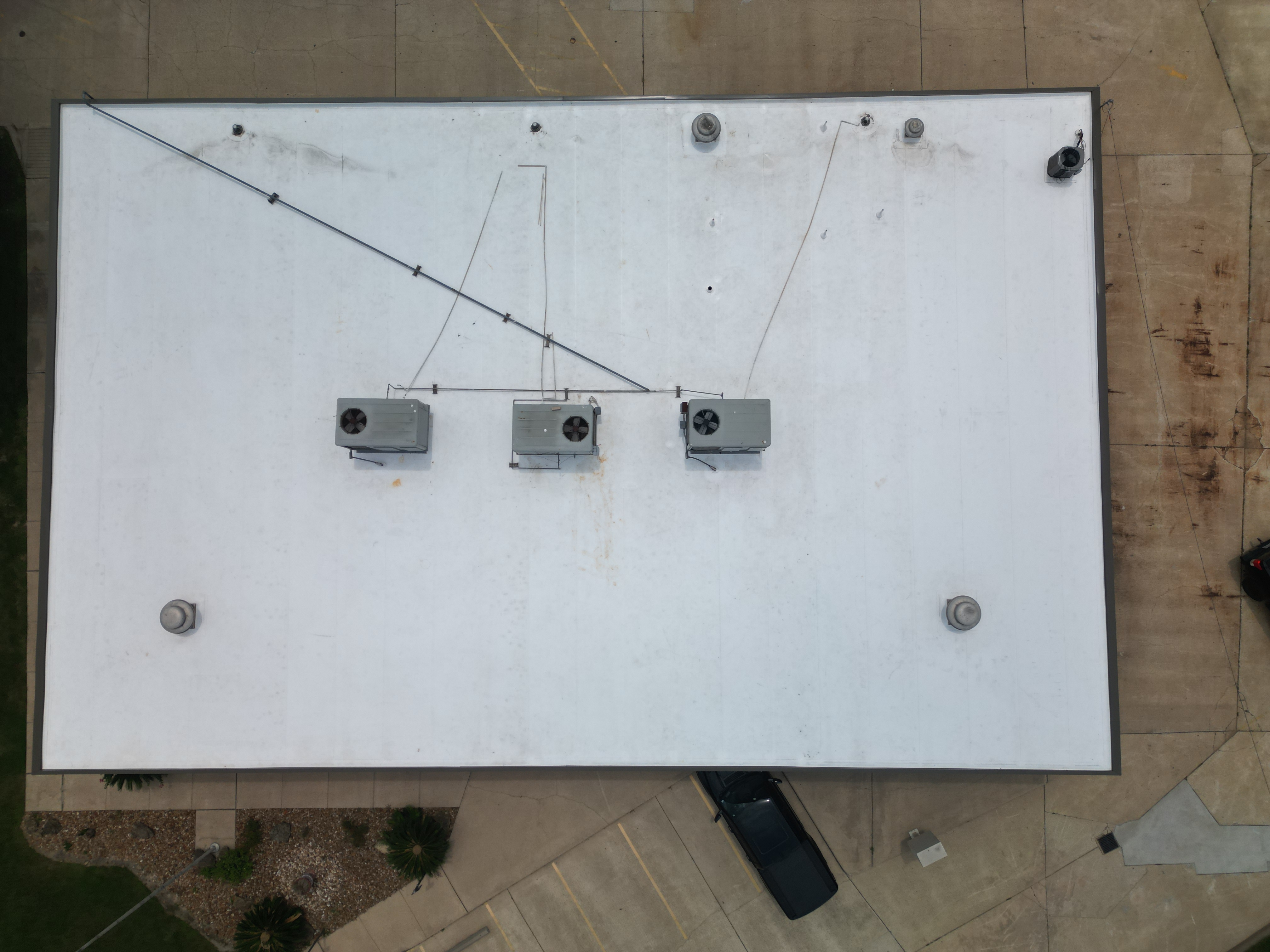TPO vs EPDM: Choosing the Right Roofing Membrane for Your Commercial Property
Choosing the right roofing membrane can make or break your commercial property’s protection. TPO and EPDM each bring unique strengths that affect cost, lifespan, and upkeep. Knowing how these materials respond to your local climate and building needs helps you avoid costly mistakes. If you’re working with a commercial roof contractor, understanding these differences sharpens your decision and keeps your project on track. For a detailed comparison of TPO and EPDM roofing membranes, check out this informative guide.
TPO vs EPDM: Key Differences
Let’s break down the main factors that set TPO and EPDM apart. These details will help you make the best choice for your building.
Energy Efficiency of TPO
TPO shines when it comes to keeping your building cool. Its white surface bounces back the sun’s rays, lowering your energy bills.
TPO roofs can cut cooling costs by up to 30% in hot climates. This saving adds up fast, especially for large commercial spaces. TPO’s reflective quality also helps your air conditioning units work less hard, which can extend their lifespan.
But TPO’s benefits go beyond just savings. It meets EPA Energy Star requirements, which might qualify your building for green certifications or tax breaks. This eco-friendly aspect can boost your company’s image and appeal to environmentally conscious tenants or customers.
Durability of EPDM
EPDM is known for its toughness and long life. It can last 20 to 30 years with proper care, outlasting many other roofing options.
This rubber-like material stands up well to UV rays, ozone, and extreme temperatures. It doesn’t crack or split easily, even as it ages. EPDM also resists damage from hail and foot traffic, making it a smart choice for roofs that see a lot of maintenance activity.
EPDM’s flexibility is a key strength. It expands and contracts with temperature changes without breaking down. This quality is especially valuable in areas with big swings between summer and winter temperatures.
Installation and Maintenance Considerations
The way a roof is put on and cared for can be just as important as the material itself. Let’s look at what it takes to install and maintain TPO and EPDM roofs.
Cost Analysis of Roofing Options
Upfront costs often drive roofing decisions, but it’s smart to look at the big picture. TPO typically costs more to install than EPDM, but its energy savings can offset this over time.
EPDM installation runs about $3 to $4 per square foot, while TPO ranges from $5 to $6. But don’t let these numbers alone sway you. TPO’s reflective properties could save you $0.20 to $0.30 per square foot each year in energy costs.
Labor costs vary too. TPO needs special equipment and skilled workers, which can bump up the price. EPDM is simpler to install, often leading to lower labor costs. Your choice might depend on your budget timeline – lower upfront costs with EPDM or potential long-term savings with TPO.
Maintenance Requirements
Both TPO and EPDM need regular check-ups, but their care needs differ. TPO’s smooth surface makes it easier to clean, which can be a plus for keeping that energy-saving white color bright.
EPDM might need more frequent inspections. Its rubber-like texture can trap dirt and debris, potentially leading to ponding water if not addressed. But when damage does occur, EPDM patches are often simpler and cheaper to apply than TPO repairs.
For both materials, prompt attention to any tears or seam issues is crucial. Catching problems early can prevent costly water damage to your building’s interior. Plan for yearly professional inspections to keep your roof in top shape, no matter which material you choose.
Climate and Structural Factors

Your local weather and building design play big roles in choosing between TPO and EPDM. Let’s explore how these factors might influence your decision.
Impact of Climate on Roofing
Your roof faces different challenges depending on where your building is located. In hot, sunny areas, TPO’s reflective surface can be a game-changer for energy costs.
EPDM performs well in a wide range of climates. Its dark color absorbs heat, which can be helpful in colder regions by reducing snow buildup and ice dams. But in hot climates, this same quality might increase cooling needs.
Rainfall matters too. Both materials can handle water well, but TPO’s heat-welded seams might give it an edge in very rainy climates. EPDM relies more on adhesives at the seams, which can be vulnerable to water over time if not installed perfectly.
Building Structure Considerations
The shape and use of your building affect which roofing material works best. TPO is great for flat or low-slope roofs, common in commercial buildings. Its reflective surface works best when it’s exposed to direct sunlight.
EPDM’s flexibility makes it ideal for roofs with many penetrations like vents or HVAC units. It can conform to odd shapes more easily than TPO. For buildings with heavy rooftop equipment or frequent foot traffic, EPDM’s durability might give it the edge.
Think about future plans too. If you might add solar panels or a green roof later, discuss these ideas with your roofing contractor. Some materials work better with these additions than others.
By weighing these factors – climate, building design, and future plans – you’ll be better equipped to choose between TPO and EPDM. Remember, the best choice balances performance, cost, and your specific needs. For more insights on how climate affects roofing choices, check out this detailed comparison.



